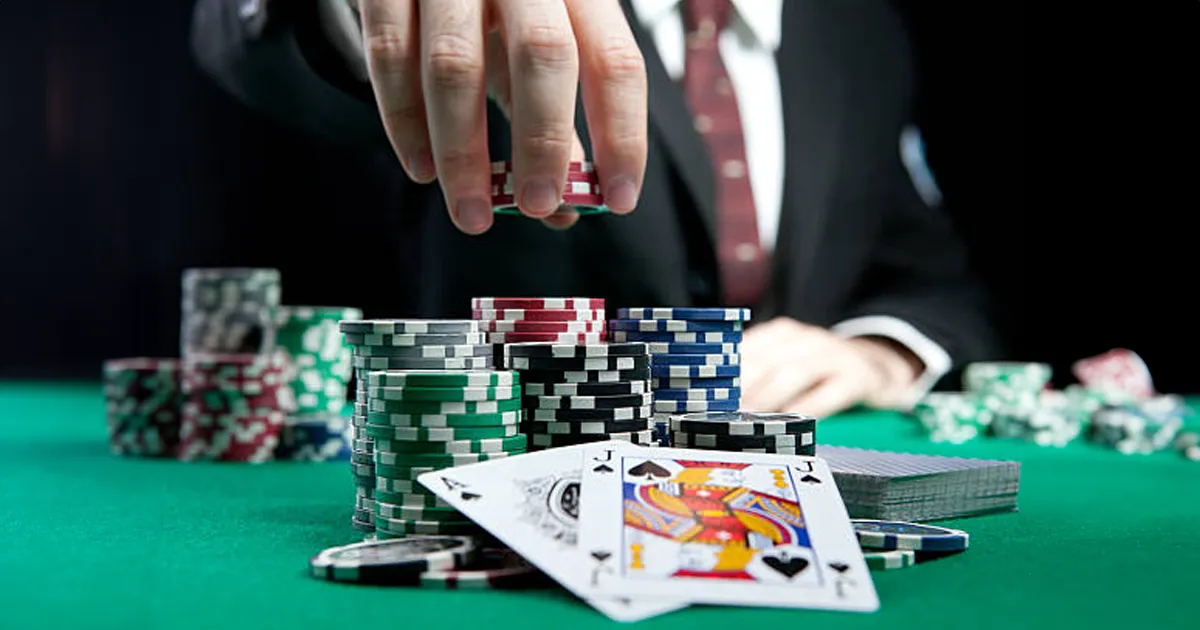What is an ante in blackjack?
One evening at Winstar Casino in Oklahoma, a player takes a seat at a blackjack table. Minimum bet: $5. But before the cards are even dealt, the dealer asks him to place an ante: a forced, non-refundable bet simply to participate.
The ante, a concept imported from poker
Traditionally associated with poker, the ante is a mandatory bet placed by all players before the start of a hand. In blackjack, its role is different: it is a fixed fee imposed by the casino on each hand played, regardless of the outcome. Whether you win, lose or tie, the ante is lost.
At first glance, these fees, which are usually up to $1 per round, seem low. But over an hour of play, they can represent a massive chunk of your bankroll.
The ante exists mainly in the United States and often traps tourists and casual players. In some casinos, it even applies to roulette.
Why do some casinos impose the ante?
The reason is simple: to ensure a guaranteed income for the casino. Even when a player wins, the ante is still collected by the house.
It is also a way to limit the profits of the most experienced players, especially those who count cards. The ante automatically reduces the expected winnings. For example, a player betting $5 on 100 hands per hour will already lose $50 just with the ante, even if they win the session.
An invisible tax on your bets
Blackjack with ante is not inherently bad, but it imposes an additional cost that is often underestimated. In fact, it transforms one of the most balanced table games into a much faster source of losses for the player.
From 1% to nearly 10% house advantage depending on the bets, the difference is huge. For those on a tight budget, the ante can melt your bankroll in a matter of hours. High rollers limit the proportional impact, but are still subject to this invisible tax.
The lesson is clear: before placing your chips, always check whether the table requires an ante. Because in blackjack, as in life, the details often make all the difference.






